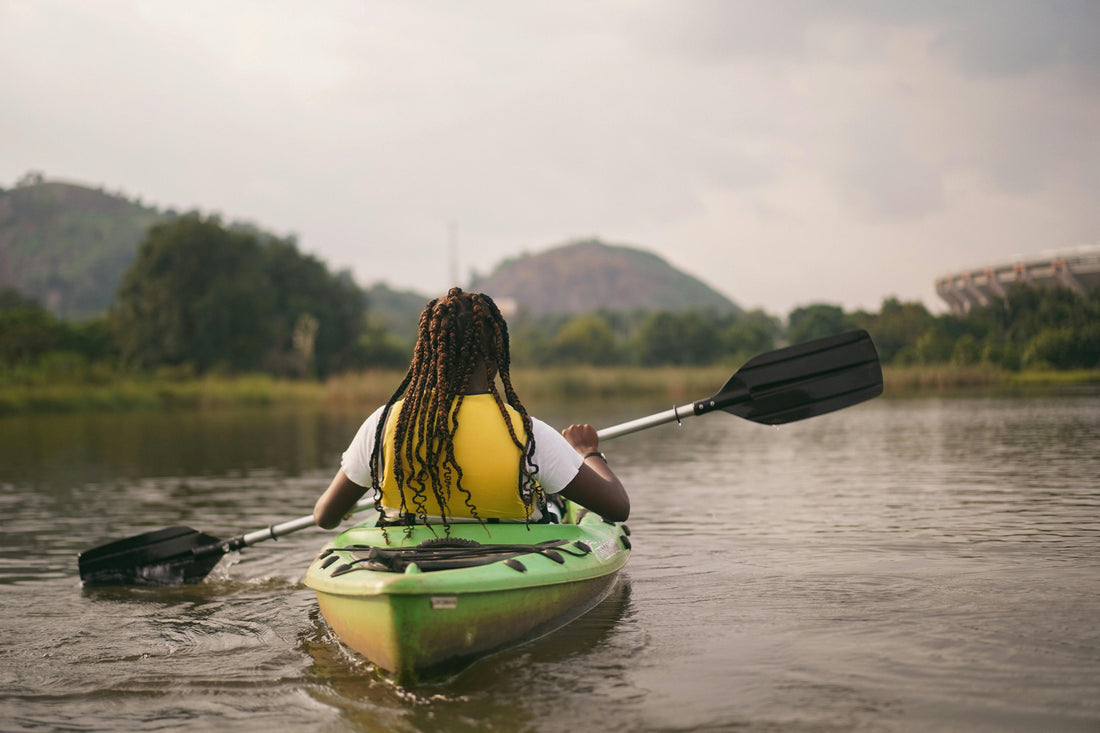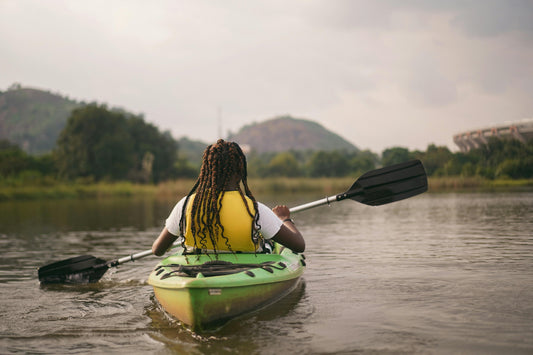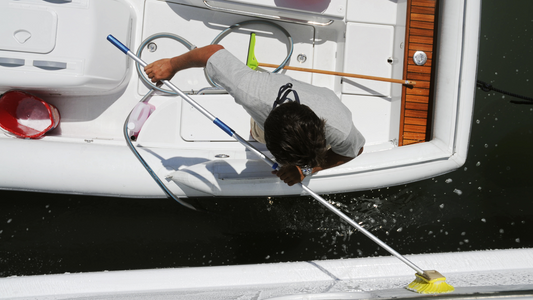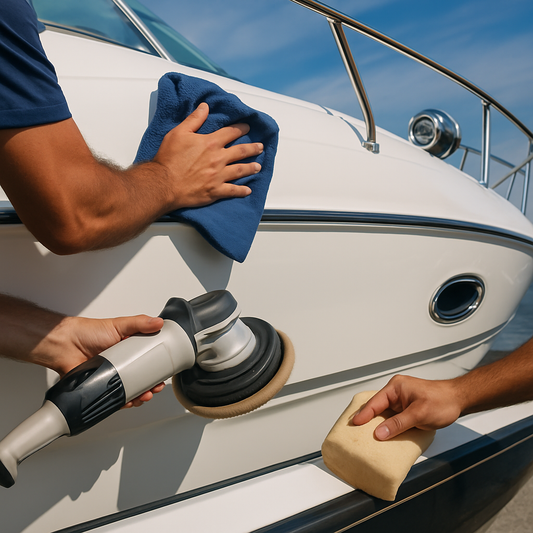If you're on the water—paddling, fishing, or cruising—a life jacket is a must for everyone: adults, kids, even dogs. Here's how to choose the right one.
The Right Life Jacket for Everyone
There’s no such thing as one-size-fits-all when it comes to life jackets. There's a wide range of jackets to choose . From infant life jackets to life jackets for adults, it’s all about fit, comfort, and safety.
Here’s a quick guide to the most common types:
Infant Life Jackets
Babies need specialized life jackets. If your little one weighs under 30 lbs, a baby life jacket is essential. These often include neck support, a grab handle, and crotch straps to keep them secure and upright in the water.
A well-fitted infant life jacket makes all the difference if you're taking the baby out on a boat. Even if you don’t plan to go far, accidents can happen quickly.
Toddler and Kids Life Jackets
Active kids need safe gear. A toddler life jacket is made for children just past the infant stage. It still includes safety features like grab handles and secure straps but is designed to be more comfortable for movement.
As they grow, kids life jackets and children's life jackets offer more flexibility while still meeting safety standards. These jackets come in fun colors and patterns, which make them more appealing to kids who might be resistant to wearing one.
Life jackets for kids should always be Coast Guard-approved, just like the adult versions.
Life Jackets for Adults
For grown-ups, there are adult life jackets in many styles—from standard foam to inflatable PFDs.
Choose your jacket based on your activity:
-
For paddling or kayaking: go with lightweight, low-profile vests.
-
For fishing: opt for life jackets with pockets or built-in gear loops.
-
For boating: consider inflatable adult life jackets that are compact but inflate on contact with water or a pull tab.
Life jackets for adults aren’t all the same—the right one makes the experience more enjoyable and safe.
Life Jackets Aren't Just for People
Yes, your dog needs a life jacket too.
Even if your dog is a strong swimmer, situations can change fast on the water. Currents, fatigue, or an unexpected fall can put them at risk.
A good dog life jackets has the following features:
-
Grab handles for easy rescue
-
Secure straps to prevent slipping off
-
Bright colors for visibility
Whether you need a dog life jacket for a large breed or small dog life jackets, it's worth the investment. Options like Ruffwear life jackets and Outward Hound life jackets are known for comfort and safety.
How to Choose the Right Life Jacket
Buying a life jacket doesn’t have to be confusing. Just follow these tips:
1. Look for U.S. Coast Guard Approval
This ensures your life jacket meets safety standards. It should have a label or stamp on the inside.
2. Check the Fit
Try it on. Adjust the straps. A good life jacket should feel snug but still let you move.
For kids, do the "lift test". When you pull up on the shoulders, their ears or chin shouldn’t slip through. For dogs, ensure no areas rub or chafe during movement.
3. Pick by Purpose
Not all life jackets are made the same. Ask yourself:
-
Are you fishing?
-
Swimming at the cottage?
-
Kayaking for hours?
-
Taking a toddler on the boat?
Match your life jacket to the situation. Inflatable jackets are great for comfort, while traditional foam ones offer instant buoyancy.
4. Consider Visibility
Bright colours or reflective strips help others spot you in the water—especially important for kids and pets.
Common Life Jacket Questions
What’s the difference between life jackets and PFDs?
Technically, all life jackets are PFDs (personal flotation devices), but not all PFDs are life jackets.
Life jackets have more buoyancy and are designed to turn you face-up in the water. Foam jackets are great for non-swimmers. Inflatable PFDs are better for experienced swimmers and adults.
How do I store a life jacket?
Let it dry fully before storing. Don’t leave it in direct sunlight for long periods. And inspect it regularly for damage or mildew.
Can I reuse an inflatable life jacket after it inflates?
Yes, but you’ll need to replace the CO2 cartridge. Always read the instructions that come with your inflatable life jacket.
When Should I Replace My Life Jacket?
Like anything, life jackets wear out.
Replace your life jacket if:
-
The material is torn or faded
-
The buckles or straps are broken
-
It no longer fits properly
-
It’s been involved in a high-impact situation
Kids grow fast, so check their life jackets every season.
Final Thoughts: Just Wear It
The best life jacket is the one you wear. Don’t leave it in a storage bin or under the seat.
Everyone at Whitby Marine Products hopes you can stay safe, stay comfortable, and stay afloat.




